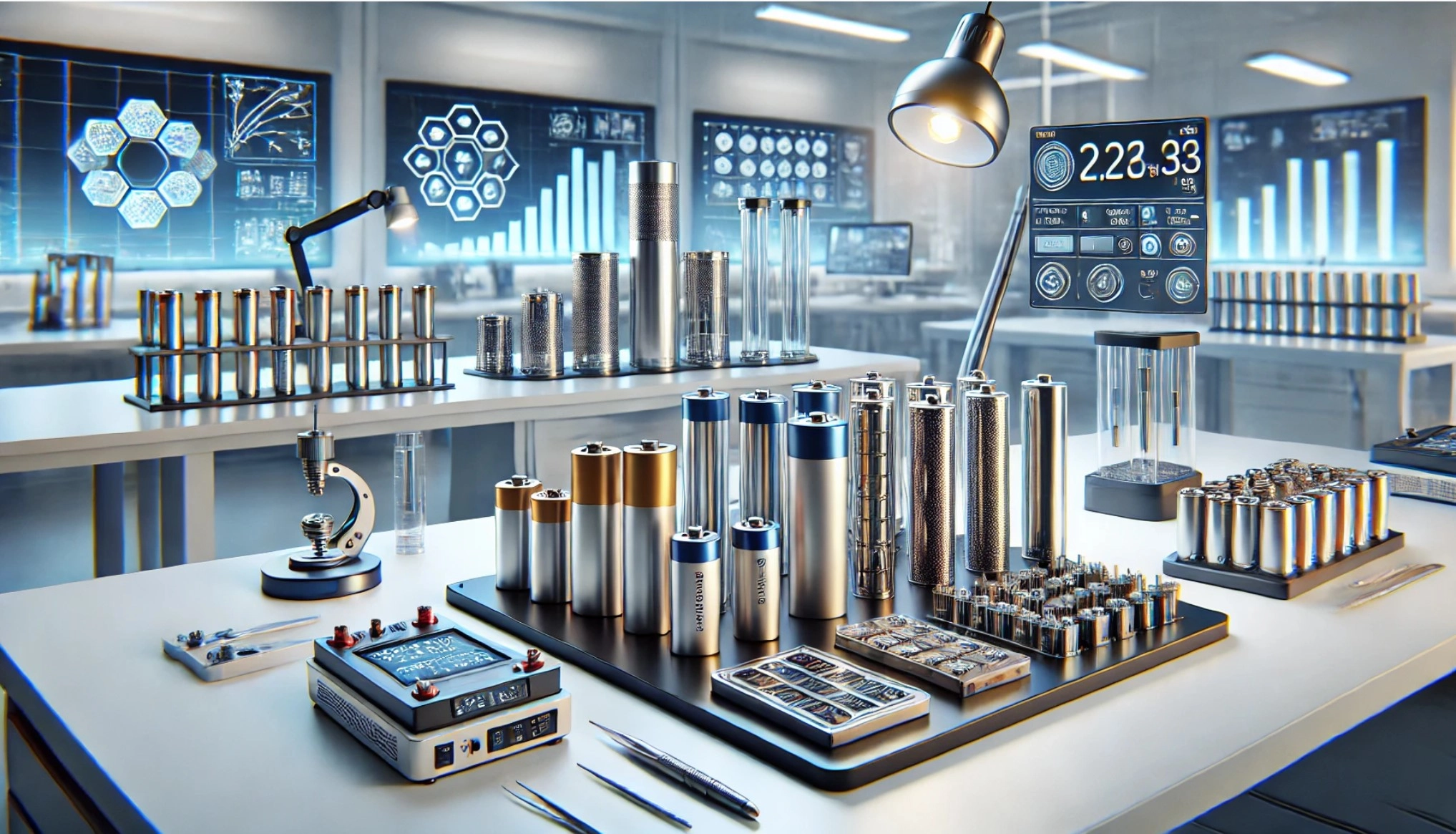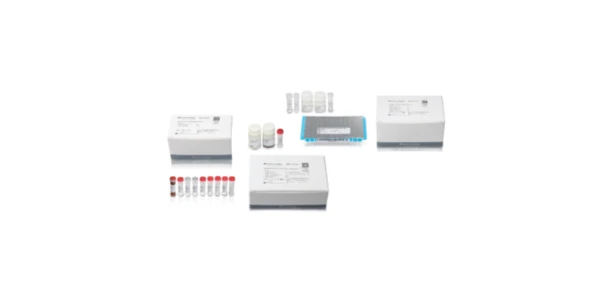Latest Innovations in Lithium-Ion Battery Testing Technology

Lithium-ion (Li-ion) batteries power a wide range of industries, from electric vehicles (EVs) to consumer electronics and renewable energy storage. As the global demand for energy-efficient, long-lasting batteries increases, so too does the need for more advanced testing technologies. Ensuring that lithium-ion batteries meet safety, performance, and longevity standards is crucial for both manufacturers and consumers. This article delves into the latest innovations in lithium-ion battery testing technologies and how they are driving improvements across various sectors.
1. Advanced Impedance Spectroscopy for Battery Health Monitoring
Electrochemical impedance spectroscopy (EIS) has emerged as one of the most advanced tools for monitoring the health and performance of lithium-ion batteries. This technique applies small alternating current (AC) signals across the battery and measures its response across a range of frequencies. The resulting data helps researchers understand the internal resistance, ion diffusion, and electrode degradation occurring within the battery.
Recent innovations in EIS technology allow for real-time monitoring, providing continuous feedback on a battery’s state of health (SOH) and state of charge (SOC). This data is crucial for predicting battery performance and detecting early signs of degradation, which can prevent failures and extend the battery's lifecycle. By identifying issues like electrode wear or electrolyte breakdown early, manufacturers can take corrective actions before a battery becomes unsafe or unusable.
The integration of machine learning algorithms with EIS has further enhanced this technology, allowing systems to predict failure modes and recommend preventive measures based on patterns identified in the data. This predictive capability is especially important in industries like electric vehicles and renewable energy, where battery reliability is critical.
2. Coulombic Efficiency Testing for Long-Term Performance Assessment
Coulombic efficiency, the measure of how efficiently a battery stores and releases charge, is a key metric in determining the long-term performance of lithium-ion batteries. As batteries age, their ability to charge and discharge efficiently decreases, which can impact their overall capacity and lifespan. Testing for coulombic efficiency has become more precise with recent technological advancements, enabling researchers to detect even small losses in efficiency over time.
One of the main benefits of this innovation is the ability to predict battery degradation patterns early. This allows manufacturers to adjust materials, chemistries, or manufacturing processes to improve performance. For example, high-precision coulombic efficiency testing is now used to identify optimal electrolyte formulations and electrode materials, leading to more stable and longer-lasting batteries.
These developments in coulombic efficiency testing are also critical for applications where battery longevity is key, such as in energy storage systems and electric vehicles, where the ability to sustain performance over thousands of cycles is essential.
3. Non-Destructive Battery Testing with X-ray Computed Tomography (CT)
X-ray computed tomography (CT) is a non-destructive imaging technology that has found new applications in lithium-ion battery testing. This advanced imaging technique allows researchers to visualize the internal structure of batteries without having to disassemble them, providing detailed insights into the condition of the electrodes, separators, and other components.
In recent years, the resolution and accuracy of X-ray CT systems have improved significantly, enabling the detection of microscopic defects, such as cracks, voids, and misalignments that can affect a battery’s performance. These innovations allow manufacturers to improve the design and assembly of batteries by identifying potential weaknesses early in the manufacturing process.
X-ray CT is also invaluable in analyzing batteries that have undergone stress testing or real-world use, helping researchers understand failure modes and refine designs for future models. This technology plays a crucial role in quality control, ensuring that batteries meet the stringent safety and reliability standards required by industries like aerospace and electric vehicles.
4. Thermal Runaway Testing for Improved Safety
Thermal runaway, a condition where a battery's temperature rapidly rises and leads to a fire or explosion, remains one of the most serious risks associated with lithium-ion batteries. Recent advancements in thermal testing technologies allow for more accurate simulations of extreme conditions, providing key data on how batteries behave under stress.
Innovations in thermal runaway testing now focus on early detection systems that can monitor a battery’s thermal response in real-time. These systems can detect signs of excessive heat build-up, gas emissions, or internal short circuits, allowing operators to intervene before a critical failure occurs. This is particularly important in high-energy applications such as electric vehicles, where safety is paramount.
In addition to real-time monitoring, new materials and battery designs are being tested using these advanced thermal systems. This enables manufacturers to develop batteries that are not only more resistant to thermal runaway but also capable of dissipating heat more effectively.
5. Electrolyte Decomposition and Gas Emission Analysis
As lithium-ion batteries age, their electrolytes can decompose, leading to the release of gases that can compromise battery performance and safety. Monitoring these gases is crucial for understanding how a battery degrades over time and for developing improved electrolyte formulations that enhance stability.
Recent innovations in gas analysis technology allow researchers to measure and analyze the types of gases emitted during battery operation with unprecedented precision. These technologies provide insights into the chemical reactions occurring within the battery, helping to identify the causes of degradation, such as electrolyte breakdown or overcharging.
By understanding the gases emitted during the battery’s lifecycle, manufacturers can adjust the composition of the electrolyte to minimize harmful reactions, resulting in batteries with longer lifespans and improved safety profiles. This is especially important for electric vehicle batteries, where long-term reliability is essential.
6. Cycle Life Testing with Accelerated Aging Simulations
Cycle life testing is critical for assessing how long a lithium-ion battery can maintain its performance before its capacity significantly degrades. Recent advancements in testing technology have enabled accelerated aging simulations, allowing researchers to predict the long-term behavior of batteries in just a fraction of the time.
These simulations subject batteries to rapid charge-discharge cycles under controlled conditions, replicating years of use in a matter of weeks or months. This innovation allows manufacturers to test new materials and chemistries faster, helping to bring more reliable and durable batteries to market quickly.
The insights gained from cycle life testing are essential for industries such as consumer electronics, electric vehicles, and renewable energy storage, where battery longevity directly impacts product performance and customer satisfaction.
7. Artificial Intelligence (AI)-Driven Battery Management Systems
Artificial intelligence (AI) and machine learning are transforming battery testing and management. AI-driven battery management systems (BMS) can analyze vast amounts of data collected during testing and real-world operation, providing real-time insights into battery performance and predicting potential failures.
AI algorithms can process data from a wide range of sources, including impedance measurements, thermal response data, and gas emissions, to provide a comprehensive view of a battery’s health. By continuously learning from this data, AI systems can optimize charging protocols, extend battery life, and improve overall system efficiency.
This innovation is particularly valuable for electric vehicle manufacturers, where battery performance is a key factor in vehicle range and customer satisfaction. AI-driven systems can also be used in grid-scale energy storage, ensuring that large battery banks operate efficiently and safely.
Conclusion: Innovation Drives Lithium-Ion Battery Testing Forward
The latest innovations in lithium-ion battery testing technology are revolutionizing how we assess, monitor, and improve battery performance and safety. From advanced impedance spectroscopy to AI-driven battery management systems, these cutting-edge techniques allow manufacturers to bring more efficient, reliable, and safe batteries to market. As industries continue to rely more heavily on lithium-ion batteries, these innovations will play a key role in shaping the future of energy storage and consumption.
View All Lithium-ion Battery Analysis Listings on LabX.com
For more information on features and pricing view our Guide to Buying Lithioum-ion Laboratory Equipment, or visit LabX.com to browse models and gain additional insights to help in making the best choice for your lab's needs.










